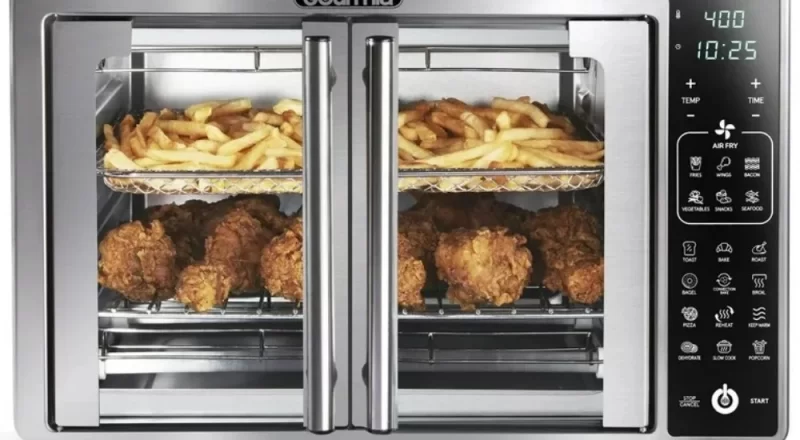Introduction:
When setting up a commercial kitchen, one crucial consideration is the installation of a hood above the cooking equipment. Hoods play a vital role in maintaining a safe and healthy working environment by effectively removing heat, smoke, grease, and other airborne contaminants. However, not all commercial ovens require a hood. In this article, we will explore the factors that determine whether a commercial oven needs a hood, including ventilation requirements, local building codes, and the type of cooking being done. By examining these factors, you can determine whether a hood is necessary for your specific commercial oven setup.
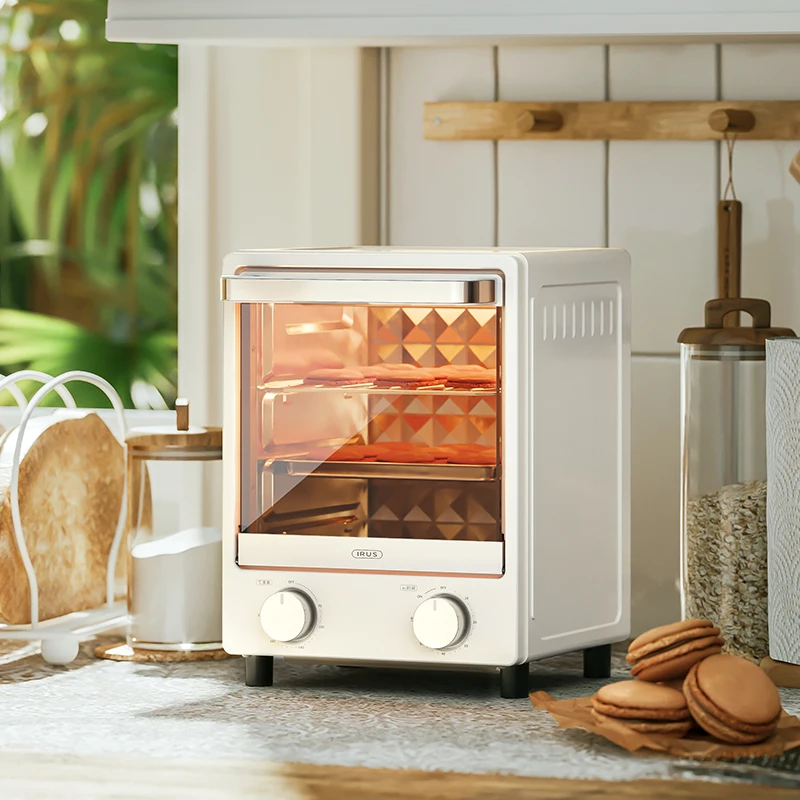
Do all commercial ovens require a hood?
Ventilation Requirements:
a. Heat and Smoke Removal: One of the primary functions of a hood is to remove heat and smoke generated during cooking. Ovens that produce high levels of heat and smoke, such as broilers or wood-fired ovens, generally require a hood to effectively capture and exhaust these byproducts. This ensures that the kitchen remains comfortable and safe for both staff and customers.
b. Air Exchange: Proper ventilation is essential to maintain a healthy indoor air quality in the kitchen. Hoods with exhaust fans facilitate the exchange of stale air with fresh air, reducing the buildup of odors, fumes, and potential contaminants. The air exchange provided by hoods contributes to a more comfortable working environment and can help prevent the spread of cooking smells throughout the establishment.
Local Building Codes and Regulations:
a. Compliance with Regulations: Local building codes and regulations often dictate the requirements for commercial kitchen ventilation systems. These codes may specify the minimum airflow rates, hood size, and installation guidelines for different types of cooking equipment. It is crucial to consult with local authorities or a professional before deciding whether a hood is necessary for your specific commercial oven.
b. Fire Safety: Hoods play a crucial role in fire prevention and safety. They help capture and remove grease-laden vapors, reducing the risk of grease buildup on surfaces and minimizing the chance of a fire spreading. Local fire codes may require the installation of hoods above certain types of cooking equipment to ensure compliance with fire safety regulations.
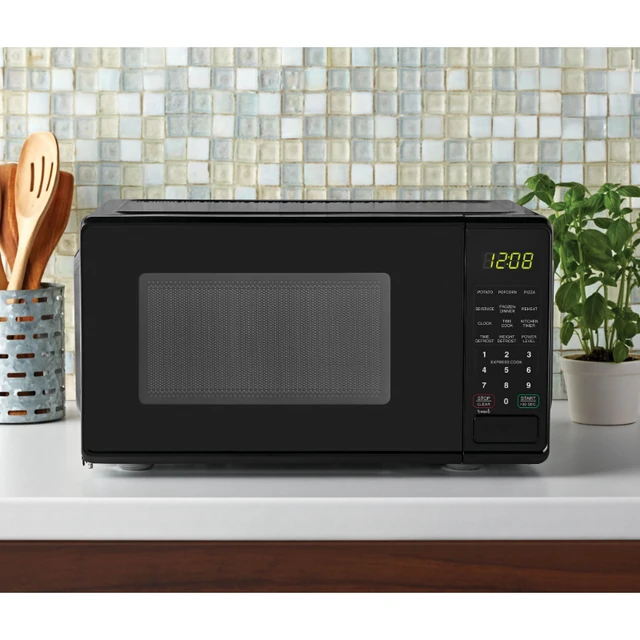
Type of Cooking:
a. Grease-Producing Cooking Methods: Commercial ovens that involve cooking methods that produce significant amounts of grease, such as grilling, frying, or sautéing, usually require a hood. These cooking techniques release grease particles into the air, which can accumulate on surfaces, pose a fire hazard, and negatively impact air quality. A hood with proper grease capture and filtration systems helps mitigate these risks.
b. Steam-Producing Cooking Methods: Some commercial ovens, such as steam ovens or combi ovens, produce steam during the cooking process. While steam does not pose the same fire or grease-related risks as other cooking methods, it can still contribute to moisture and humidity buildup. In such cases, a hood may be necessary to control humidity levels and maintain a comfortable working environment.
Size and Layout of the Kitchen:
a. Space Constraints: The size and layout of your commercial kitchen play a significant role in determining whether a hood is required for your oven. In smaller kitchens with limited space, it may be challenging to accommodate a hood above the oven. In such cases, alternative ventilation solutions, such as overhead fans or specialized exhaust systems, may be considered to ensure proper air circulation and removal of contaminants.
b. Open Kitchens: If your commercial oven is located in an open kitchen concept where the cooking area is visible to customers, a hood may be necessary. Open kitchens aim to provide a pleasant dining experience by showcasing the cooking process. However, the presence of a hood is necessary to capture and remove any smoke, odors, or grease particles that could impact the dining ambiance.
Environmental Considerations:
Energy Efficiency: Hoods with exhaust fans consume energy to operate, which can impact the overall energy efficiency of your commercial kitchen. If you have energy-saving goals or are aiming for a more sustainable operation, you may explore alternative ventilation solutions that minimize energy consumption while still ensuring proper air quality and safety.
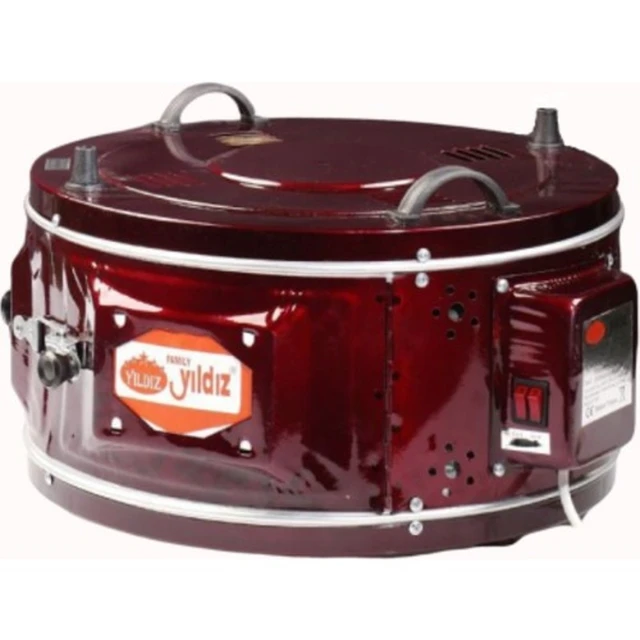
Cost Considerations:
a. Installation and Maintenance Costs: Installing a hood in a commercial kitchen can be a significant expense. In addition to the cost of the hood itself, there may be costs associated with ductwork, exhaust fans, and professional installation. Ongoing maintenance and cleaning of the hood system are also necessary to ensure its proper functioning and compliance with health and safety regulations.
b. Operating Costs: Hoods with exhaust fans require electricity to operate, which can contribute to increased energy costs. Furthermore, regular filter replacements and maintenance of the hood system are essential for optimal performance. It is important to consider these ongoing operating costs when determining the overall cost-effectiveness of installing a hood for your commercial oven.
Health and Safety Considerations:
a. Employee Safety: Hoods are an important component of a commercial kitchen’s ventilation system, helping to remove harmful airborne contaminants that can affect the health and safety of kitchen staff. By capturing and exhausting smoke, grease, and fumes, hoods contribute to a healthier work environment, reducing the risk of respiratory issues and improving overall employee well-being.
b. Customer Safety: Proper ventilation, including the use of hoods, is crucial for maintaining a safe and comfortable dining environment for customers. Hoods help remove odors, smoke, and grease particles that can otherwise permeate the dining area, ensuring a pleasant experience for patrons while also addressing potential health and allergy concerns.
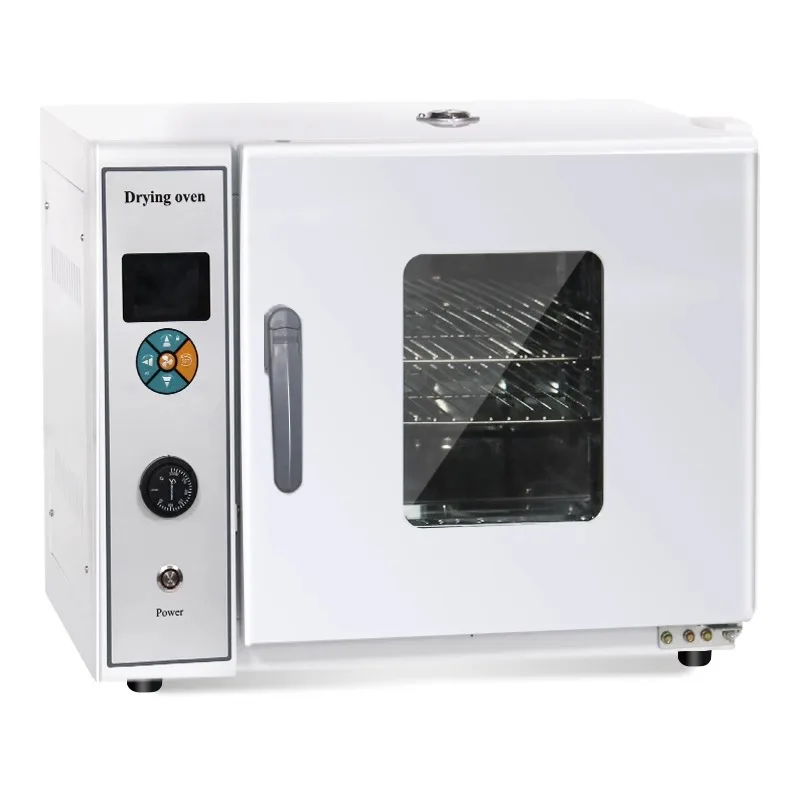
Industry Standards and Best Practices:
a. Industry Recommendations: While not mandatory, many industry organizations and associations, such as the National Fire Protection Association (NFPA) and the International Kitchen Exhaust Cleaning Association (IKECA), provide guidelines and best practices for commercial kitchen ventilation. These recommendations often include the installation of hoods above specific types of cooking equipment to ensure compliance with safety and health standards.
b. Insurance Requirements: Insurance providers may have specific requirements regarding the installation of hoods in commercial kitchens. Failure to meet these requirements may affect coverage in the event of a fire or other related incidents. It is important to consult with your insurance provider to ensure compliance with their guidelines.
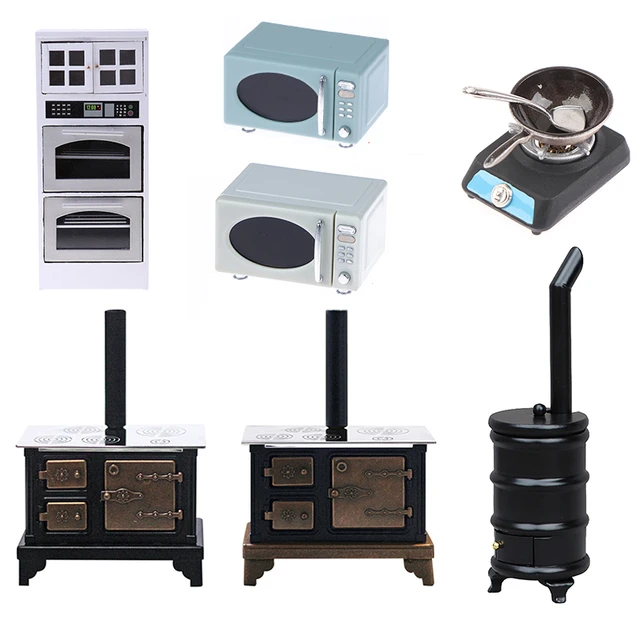
Conclusion:
While not all commercial ovens require a hood, it is essential to carefully consider ventilation requirements, local building codes, the type of cooking being done, kitchen size and layout, environmental factors, cost considerations, and health and safety concerns when determining whether a hood is necessary for your commercial oven setup. Hoods play a crucial role in maintaining a safe and healthy working environment by effectively removing heat, smoke, grease, and other contaminants. However, alternative ventilation solutions may be explored in specific situations where a traditional hood is not feasible or necessary. Consulting with local authorities, following building codes, and considering the specific needs and requirements of your commercial kitchen will help ensure compliance and the overall effectiveness of your ventilation system.

